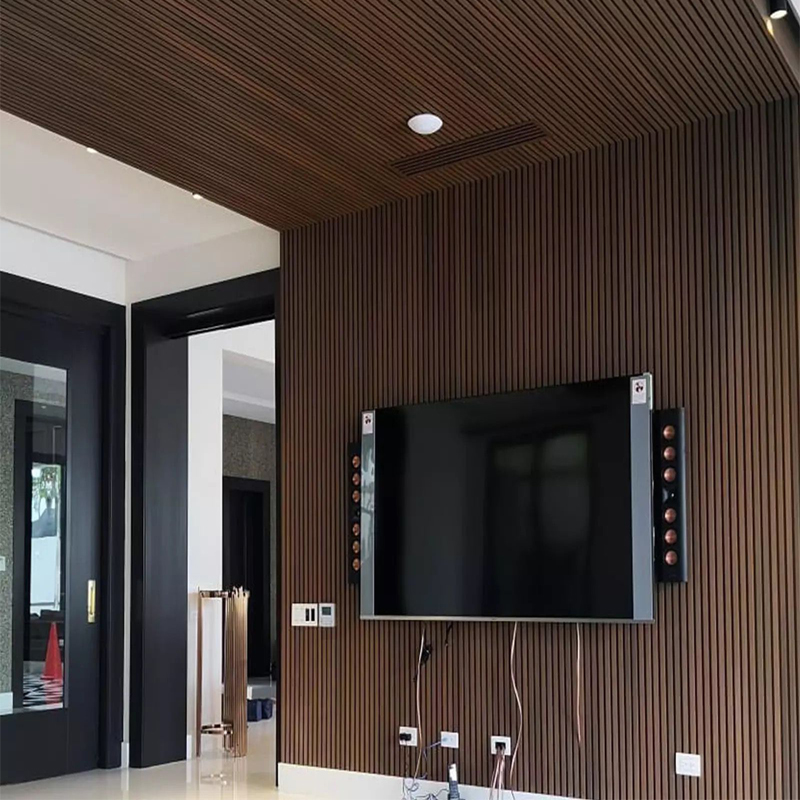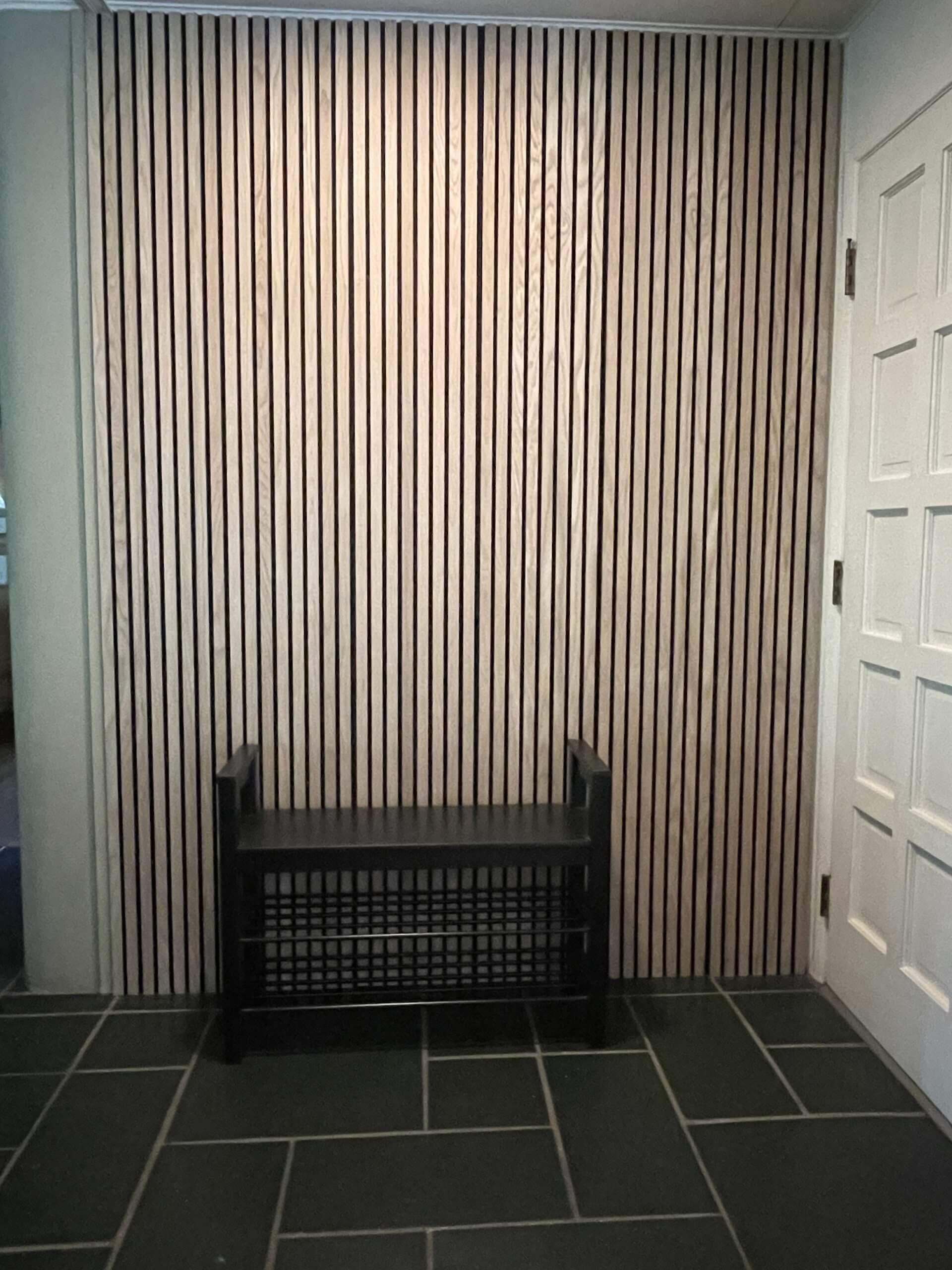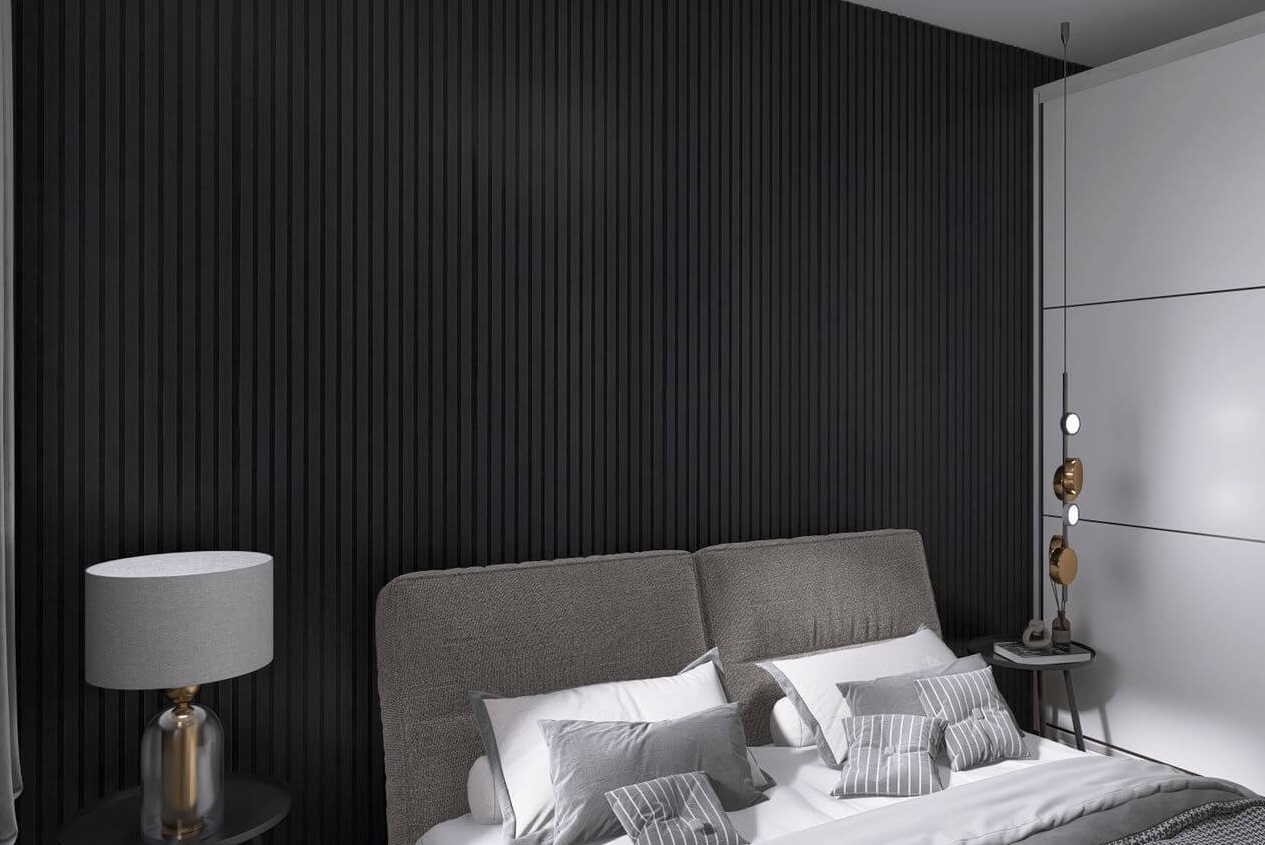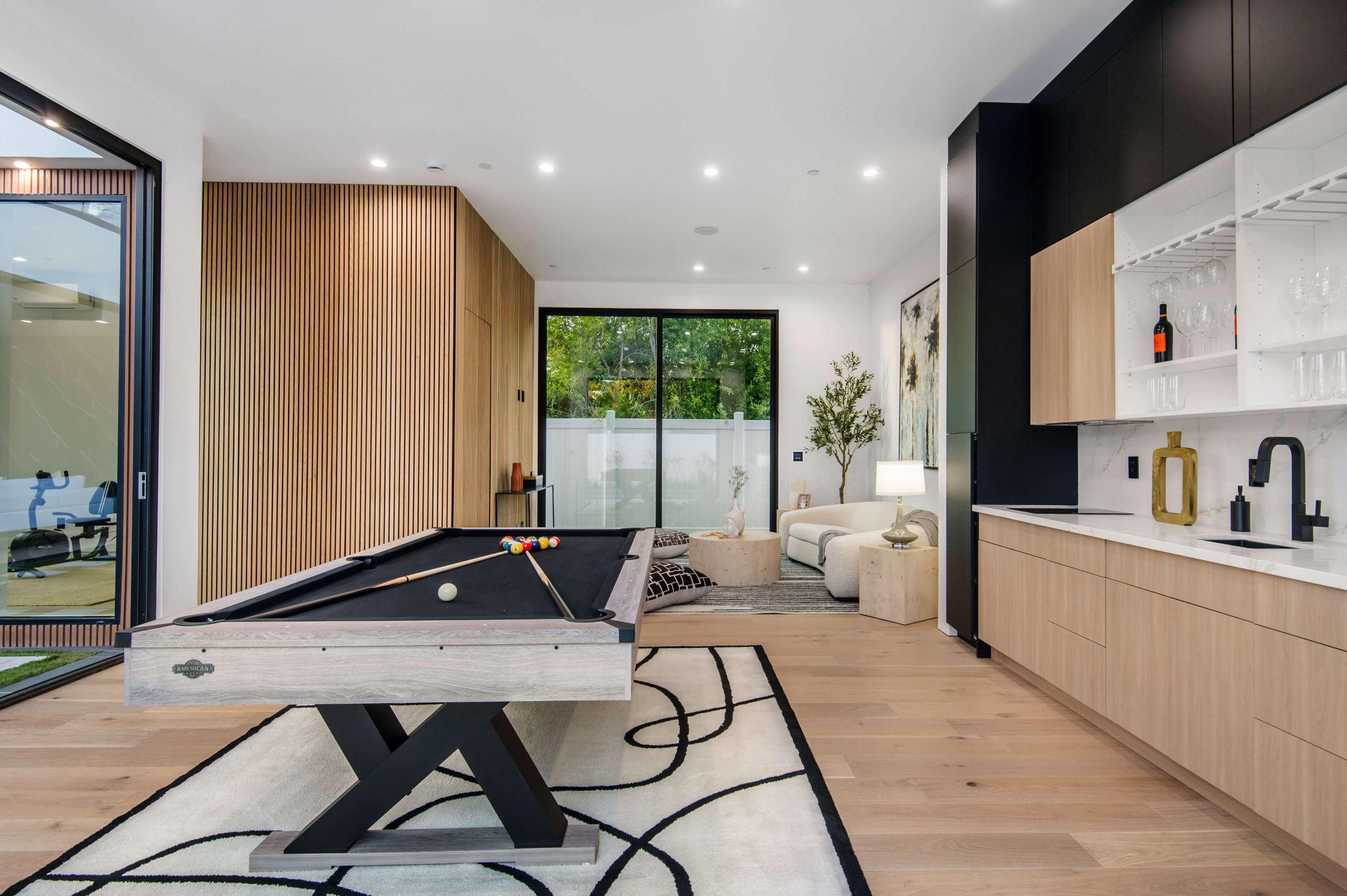If you’ve ever walked into a room and noticed an echo, chances are that space could use a little sound control help. That’s where acoustic panels come in. These handy solutions do more than just reduce noise—they transform how a room feels, sounds, and even looks. But to really get the most out of them, it’s important to understand where to use acoustic panels for the best results.
Let’s walk through the most effective spots where these sound-absorbing beauties work their magic and why placing them right makes all the difference.
Where to Use Acoustic Panels in Living Rooms
Living rooms are full of hard surfaces like walls, floors, and windows that bounce sound around. When you turn on the TV or have a group of people chatting, it can get noisy fast. Knowing where to use acoustic panels in this space helps bring calm to the chaos.
- Behind the television: This area reflects sound directly back at you. A panel here helps clear up audio.
- On the walls adjacent to your seating: These panels reduce side-to-side echo.
- Ceiling corners: Ideal for catching bouncing noise that hits hard ceilings.
These panels don’t just quiet the space—they make it more cozy. Choose fabric panels that match your decor or wood panels that add charm. For design inspiration, check out the stylish options we offer for living spaces that blend beauty with sound control.
Where to Use Acoustic Panels in Home Theaters
Home theaters are made for sound, but not just any sound. You want crisp dialogue, booming bass, and clear music without the unwanted echo. Deciding where to use acoustic panels in your theater room makes or breaks that cinematic experience.
- Behind front speakers: Helps absorb direct sound and keeps it clean.
- Along side walls: Stops sound waves from bouncing back and forth.
- Rear wall: Reduces reflections and echo behind the viewers.
Want that movie theater feel at home? These panel placements help you hear every detail without turning the volume way up. Combine them with blackout curtains and a thick rug for a complete sound-optimized space.
Where to Use Acoustic Panels in Bedrooms
Bedrooms should be a retreat. If outside traffic, noisy neighbors, or even a humming appliance keeps you awake, you’ll want to learn where to use acoustic panels to create a more peaceful sleep zone.
- On the wall behind your bed: Blocks outside noise and gives a cushioned headboard effect.
- Near windows: Helps stop sound leaking in from the street.
- Opposite walls: Keeps sound from bouncing, especially if you use a white noise machine or speaker.
Many customers also love how acoustic panels give the room a plush, hotel-like feel. You can explore whether acoustic panels are really worth it for bedrooms to decide if the investment is right for your quiet needs.
Where to Use Acoustic Panels in Offices
Whether it’s a home office or a commercial workspace, noise can kill focus. If you’re on video calls, working with clients, or trying to concentrate, understanding where to use acoustic panels can make your office feel more professional and productive.
- Behind your desk: Cuts back on echo during calls.
- On walls adjacent to doors: Softens hallway noise.
- Above your workstation: Ceiling-mounted panels stop vertical sound waves.
You’ll notice clearer Zoom meetings, fewer distractions, and even a nicer look for your walls. Choose panels that match your brand colors or go for a neutral palette to keep it clean and modern. Looking for beautiful designs that perform well? Our premium acoustic wall panels offer top-tier quality and aesthetics.
Where to Use Acoustic Panels in Music Rooms
Musicians, podcasters, and hobbyists all know the value of great acoustics. But knowing where to use acoustic panels in a music room is more than just slapping them up anywhere.
- Around your recording area: Stops reverb and keeps vocals crisp.
- Near instruments: Especially helpful for drums, pianos, or amps.
- On ceilings: Crucial for stopping sound from escaping upward.
You can even get creative with panel shapes and patterns to match the vibe of your studio. Many musicians also add bass traps in the corners, which are thicker panels made to catch low-frequency sounds.
Where to Use Acoustic Panels in Open-Concept Spaces
Modern homes often have open layouts with shared kitchen, dining, and lounge areas. They look amazing, but the sound can bounce around like a pinball. If you’re wondering where to use acoustic panels in these wide spaces, think about zones.
- Between different zones (like kitchen and living area): Breaks up sound paths.
- On high ceilings: Large panels can float overhead to catch echo.
- Along long hallways or walls: Softens sound that travels far.
When installed correctly, panels help keep conversations in their corner and stop loud activities (like cooking or cleaning) from taking over the whole house.
Best Panel Placements
| Room Type | Ideal Panel Placement |
|---|---|
| Living Room | Behind TV, side walls, ceiling corners |
| Home Theater | Behind speakers, side walls, rear wall |
| Bedroom | Behind bed, near windows, opposite walls |
| Office | Behind desk, side walls, ceiling above workstation |
| Music Room | Near recording area, near instruments, ceiling |
| Open Concept Area | Between zones, high ceilings, along long walls |
Popular Panel Types
Here’s a quick look at the types of acoustic panels you might consider:
Fabric-Wrapped Panels : Soft, stylish, and customizable. Great for bedrooms, offices, and home theaters.
Wood Acoustic Panels : Adds visual warmth and natural texture. Works well in living rooms and open spaces.
Foam Panels : Lightweight and budget-friendly. Common in music rooms and home studios.
Bass Traps : Extra thick panels for corners. Designed for music-heavy spaces.
Ceiling Clouds : Hanging panels that absorb echo from above. Ideal for open layouts and offices.
Let’s Make Your Space Sound Better
Sound control doesn’t have to be complicated. With the right placements, your room can feel quieter, clearer, and cozier. Whether you’re working, relaxing, or entertaining, knowing where to use acoustic panels gives you the power to shape how your space sounds—and feels.
Need help choosing the right panels? Explore our custom wood panel collection for every room and find designs that fit your vibe and fix your noise.
FAQs
1. How do I know where to use acoustic panels in my home?
Start by thinking about where sound bounces the most or where noise becomes a problem. Common spots include behind your TV, above your desk, near windows, or around music setups. If a room echoes, feels too loud, or makes it hard to focus, those are great places to start adding panels.
2. Can I install acoustic panels myself, or do I need a professional?
Yes, you can definitely install them yourself! Most panels come with simple mounting kits or adhesive strips. Just make sure you measure the placement right, especially if you’re working in corners or on ceilings. If you’re customizing a larger area, a professional might help with planning.
3. Do acoustic panels really make a big difference in small rooms?
Absolutely. Even in small bedrooms or offices, adding just a few panels can cut down on echo and improve sound clarity. They’re especially helpful in rooms with hard floors or bare walls, where sound tends to bounce more.
4. Are wood acoustic panels better than foam panels?
It depends on your space and your style. Foam panels are great for budget setups and music rooms, while wood panels offer better aesthetics and durability for living spaces and open areas. Many people mix both for function and looks.
5. Where should we avoid putting acoustic panels?
Avoid areas that already have a lot of soft materials, like heavy drapes or thick rugs, since these already absorb sound. Also, skip spots where you need ventilation or where the panels could block access to switches or outlets.








